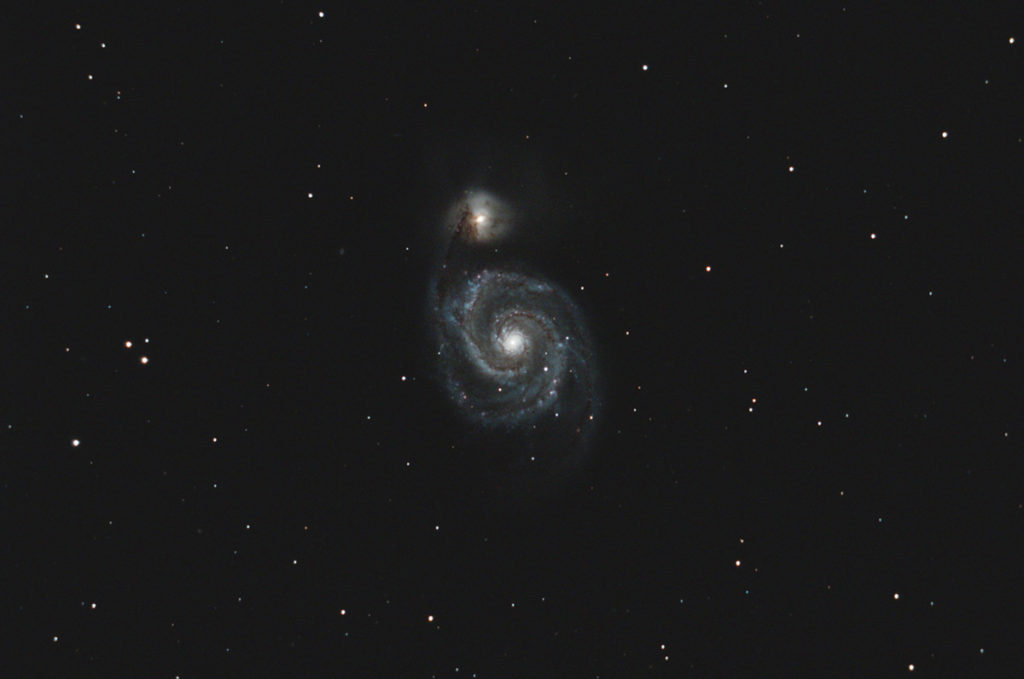
Telescope: Meade 12” LX850 ACF @ f/8, Orion Atlas EQ-G
Camera: ZWO ASI071 MC Pro, -10C, Gain 200
Filter: Orion Imaging Skyglow Filter
Guide scope: Astro-Tech 60mm, ASI290MM Mini, PHD2
Exposure: 32x240sec, saved as FITS
Darks: 32x240s, saved as FITS
Flats: 32×0.02sec, Tee shirt flats taken at dusk
Average Light Pollution: Bortle 8, poor transparency, haze, good seeing
Lensed Sky Quality Meter: 18.3 mag/arc-sec^2
Stacking: Mean with a 2-sigma clip.
White Balance: Nebulosity Automatic
Software: Nebulosity, Deep Sky Stacker, Photoshop
M51 is a large, beautiful face-on spiral galaxy in Canes Venatici. Visually from urban skies you will usually see only the cores of the two galaxies, but from dark skies the spiral structure of M51 becomes visible. The spiral arm that appears to connect M51 to the nearby companion (NGC 5195) is a bit of an illusion. The companion actually lies behind M51, and if you look closely you can see that the spiral arm is silhouetted against the background galaxy. Modern observations with radio telescope and computer modeling suggest that the companion has made at least two passes through the main disk of M51. During the first, it approached M51 from behind, passed through M51, swung around in an orbit that took it in front of M51, then back through the disk where it lies now behind M51. These passes set off bursts of star formation that gives the arms of M51 their beautiful blue color.
M57 is located below the handle of the Big Dipper and rises late in the evening. It is high overhead in the early morning. This the first evening that I have been able to use my 12” LX850 with reasonably good seeing. The detail in the core and spiral arms of M57 hints at what this telescope is capable of.

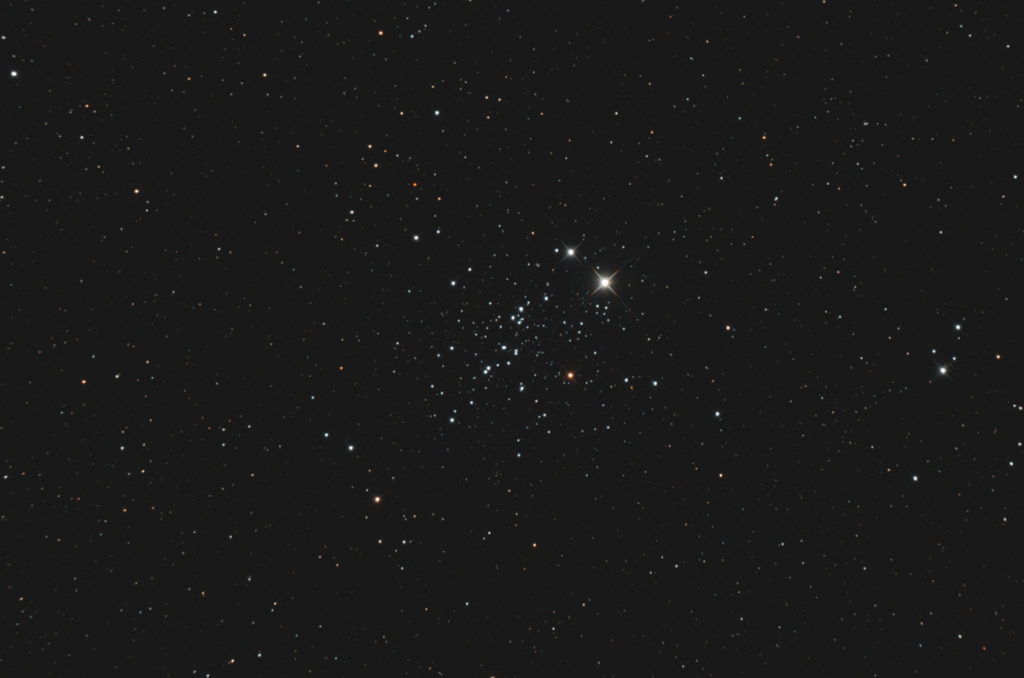
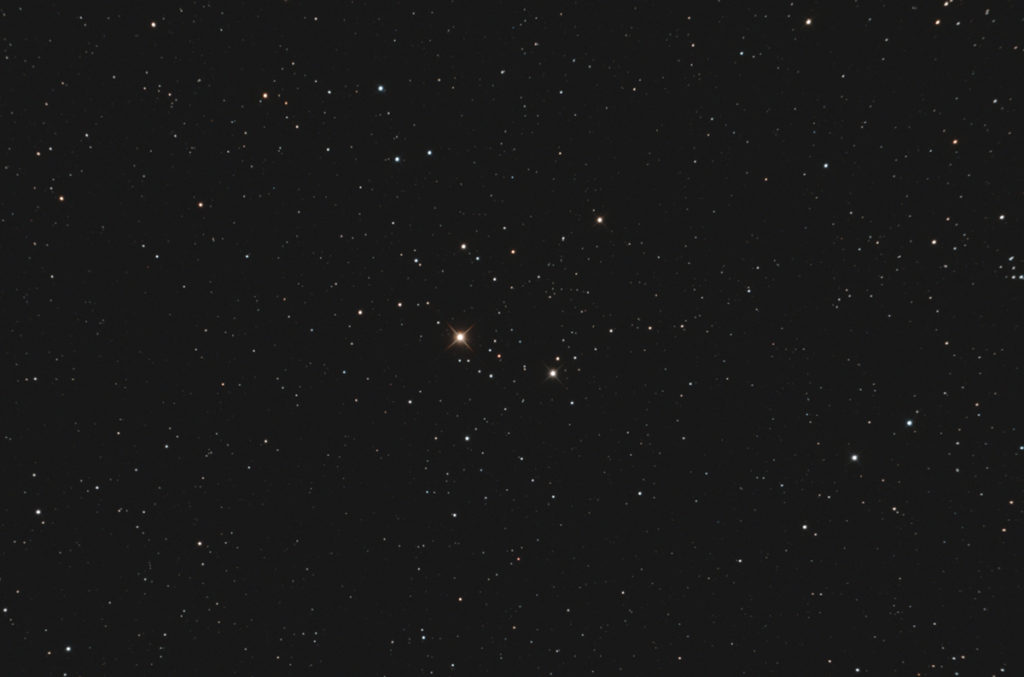
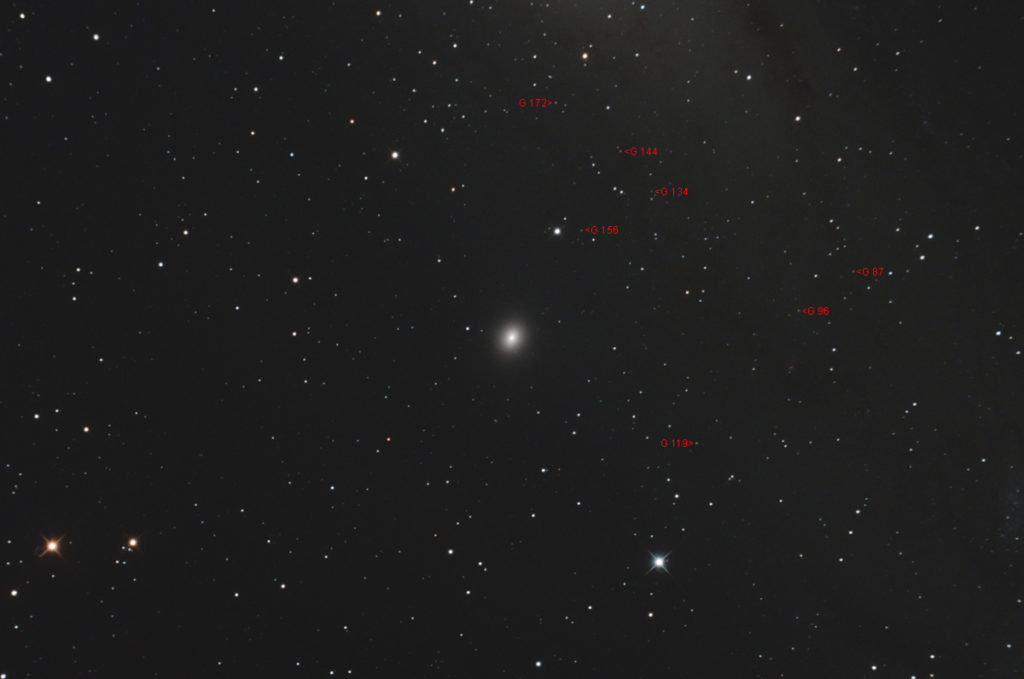
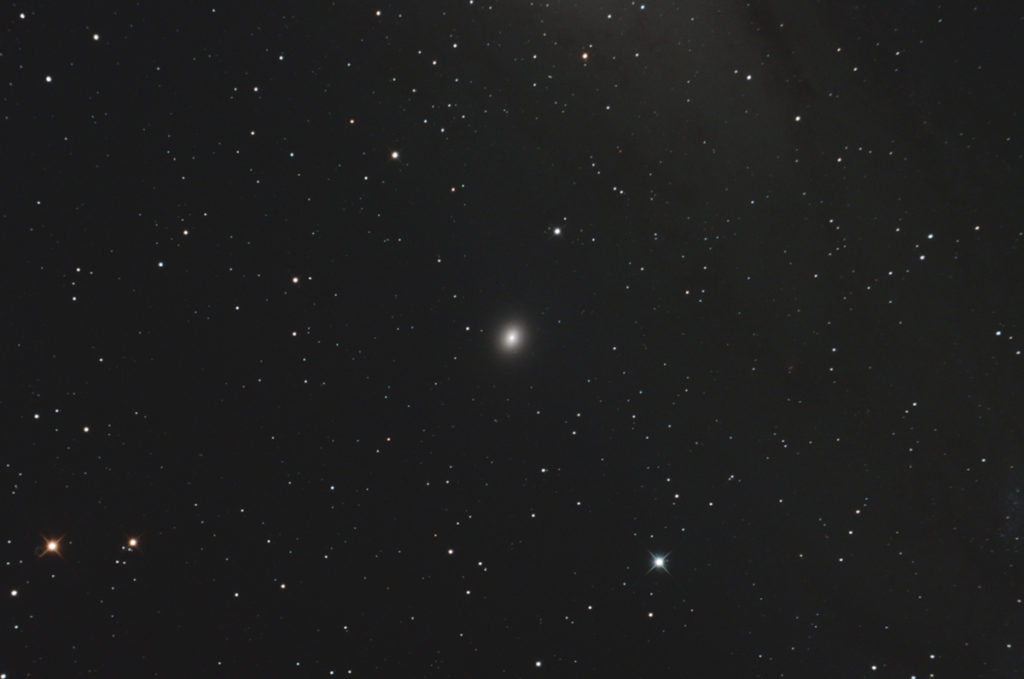
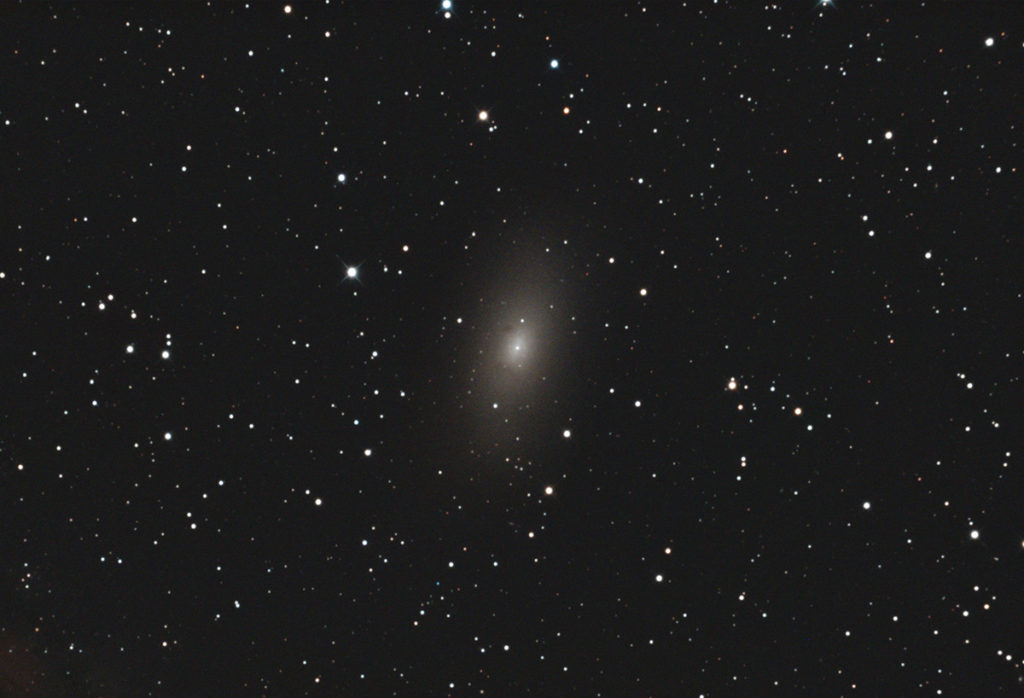
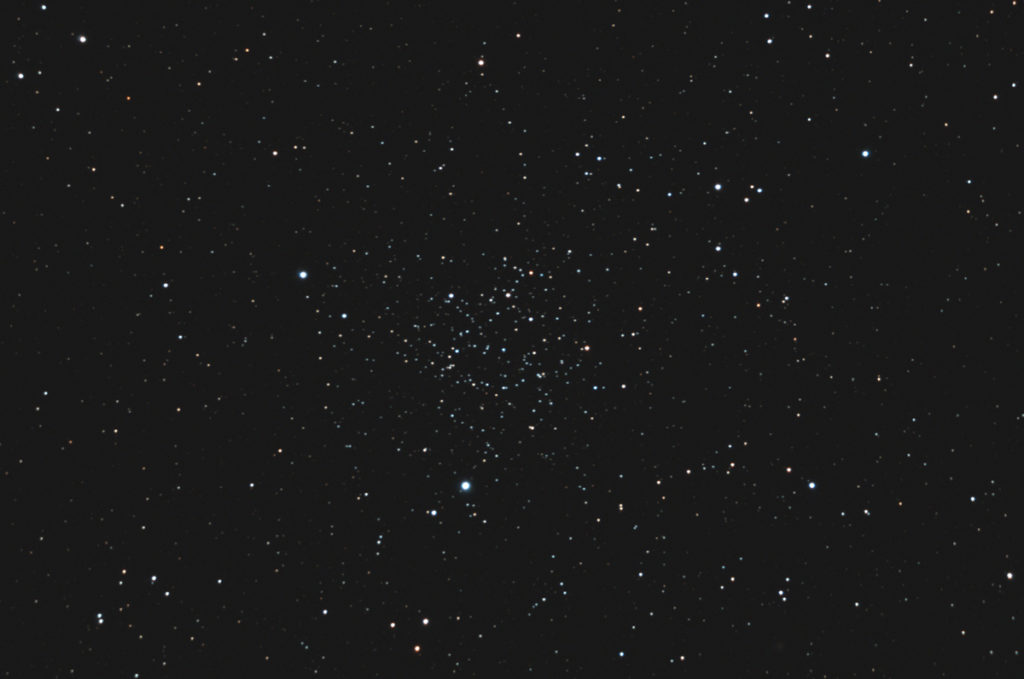
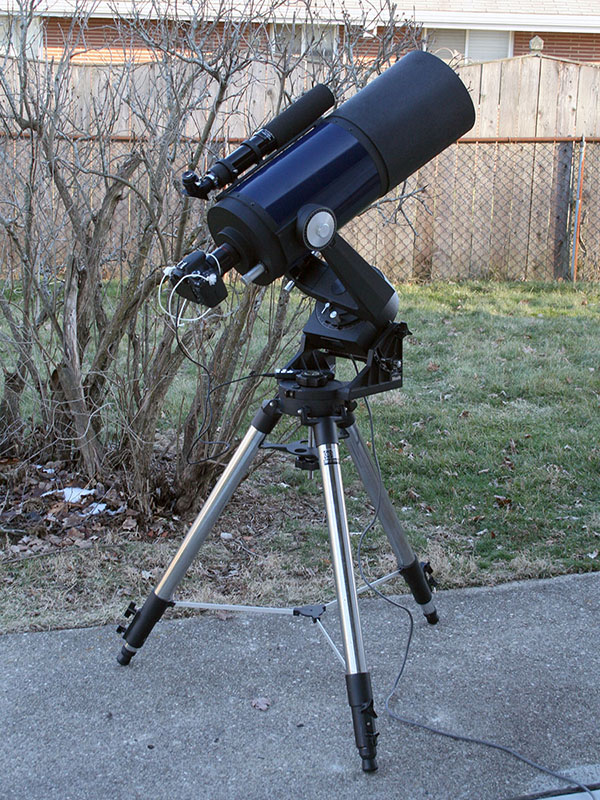
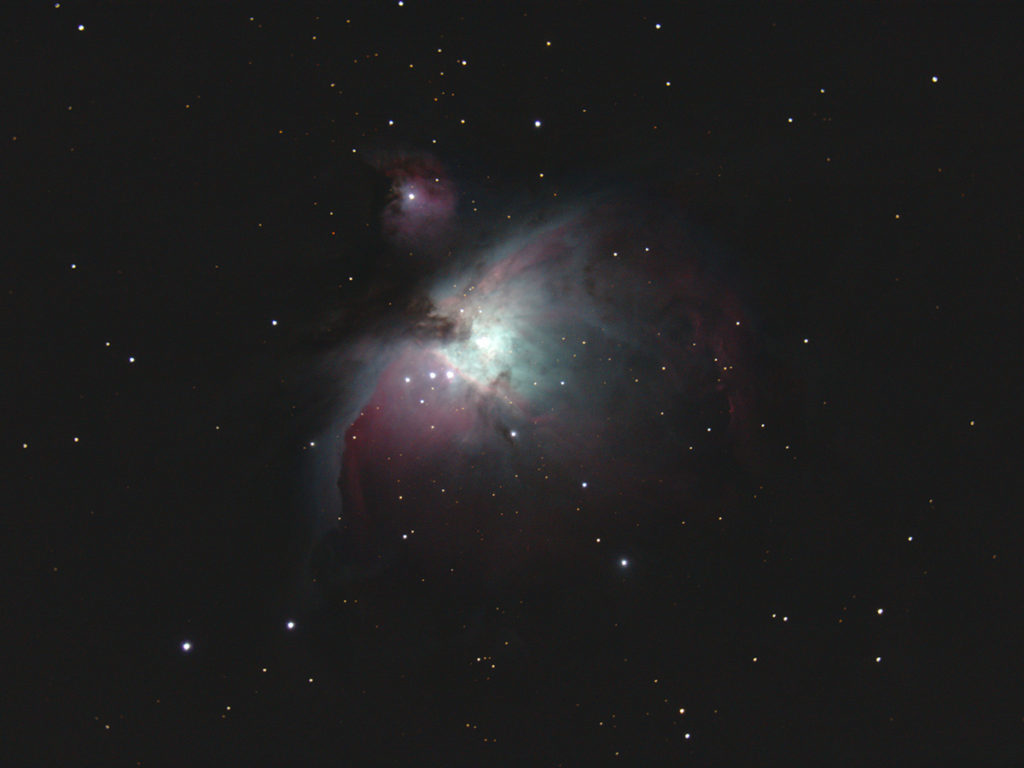
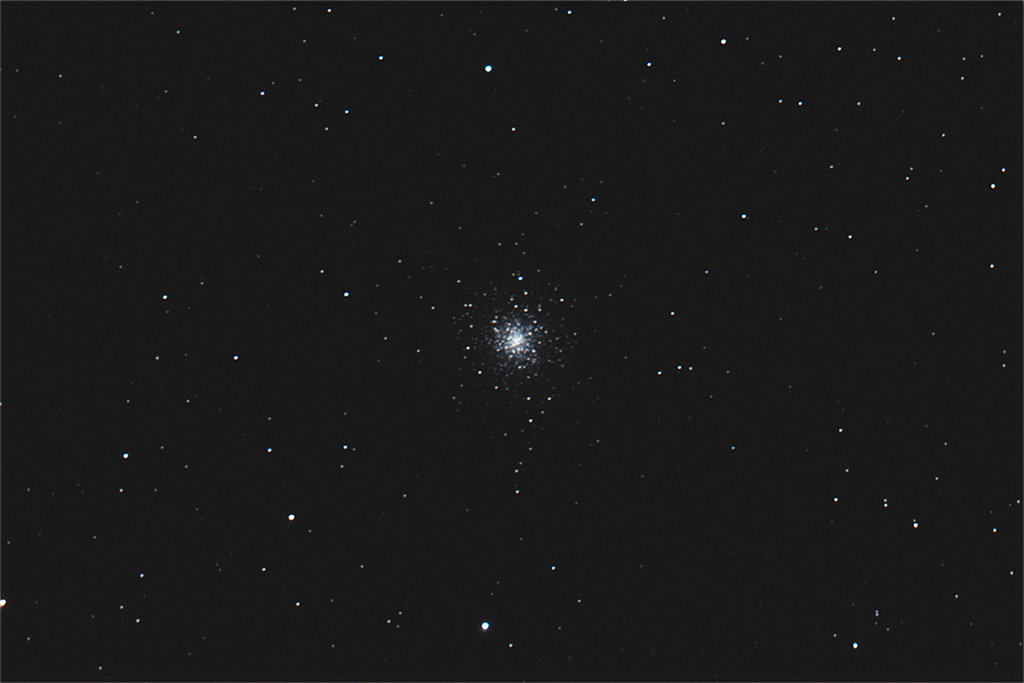
Recent Comments